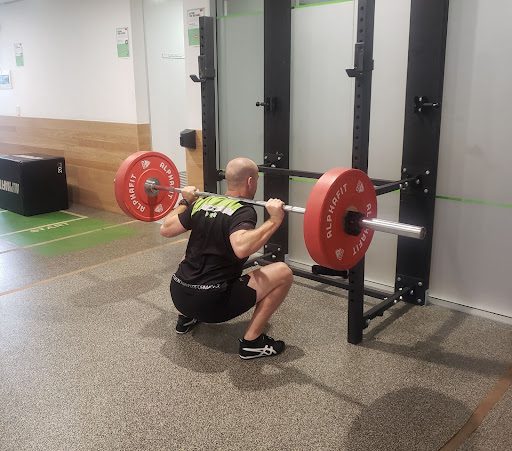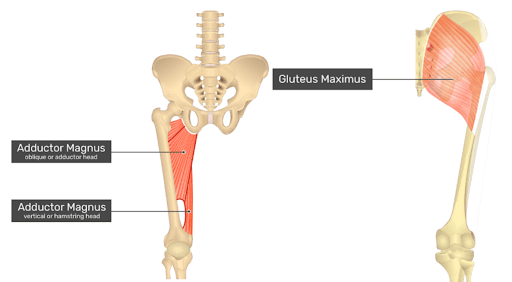
Breaking Down The Movement
The main movements at the hip involved with squatting are flexion when lowering into a squat and extension when pushing out of a squat. Throughout the squat there are varying degrees of rotation, abduction and adduction depending on the squat type. The movement is primarily controlled by three major muscles; the quadriceps, the gluteus maximus, and the adductor magnus. When it comes to squatting, the glutes claim a lot of the limelight and are commonly thought to be the prime mover at the hip throughout a squat. However, research has emerged over the past decade which indicates that the adductor magnus is a significant contributor as well.

Interplay Between the Gluteus Maximus and Adductor Magnus
The gluteus maximus and adductor magnus are hip extensors. The glute max plays a large role at the top of the squat and adductor magnus contributes the most at the bottom of a squat, particularly getting you out of “the hole”. The catch with these two muscles is that they both produce additional movements that are opposite to one another, and this is where knee control comes into the mix. The glute max extends and also abducts the thigh (takes the knee away from midline), whereas the adductor magnus extends and also adducts the thigh (brings the knee closer to midline). When there is an imbalance in length or strength between these muscles, it can lead to suboptimal knee control throughout the movement, most commonly knee valgus.
The Most Common Imbalances
Adductor magnus tightness
As the prime mover at the bottom of the squat, as well as being an important muscle for many other activities, the adductor magnus can be prone to the development of myofascial tightness and trigger points. This can lead to a reduction in available muscle length, thus when entering into a deep squat, the adductor magnus can ‘pull’ the knee medially causing knee valgus during a squat. Thus, it is important to ensure good tissue length of the adductor magnus to maximise your squat. This can include a stretch such as “the lizard pose” or using a foam roller on the inner thigh.
Gluteus Maximus Weakness
As you descend into a squat the glutes lose mechanical advantage, meaning that their ability to produce power lessens the more you flex your hip. This coupled with the adductor magnus getting more power at the bottom of a squat can lead to the adduction forces over powering the abduction forces, causing the knee to be pulled inwards causing knee valgus. Thus, training the glutes in hip flexion is important to ensure they have strength at the bottom of a squat. This could include utilising resistance bands around the knees during a squat hold or a deep crab walk.
Adductor Magnus Weakness
This is an emerging area of research, however should not be overlooked. A recently published book by Jasper De Conick, ‘Why Your Knee Caves In’ postulates how adductor magnus weakness may lead to knee valgus during a squat. He suggests that if the adductor magnus is weak, then the hip will adduct to adopt a position of greater mechanical advantage for the glutes. Thus, if you have tried and tried to strengthen your glutes but still get knee valgus during your heavy squats, perhaps consider strengthening your adductors with some sumo squats.
For advice on squat assessment and a plan to improve your squatting, it is important to see a health professional trained in movement screening and physical assessment so you can accurately identify what it is specifically that you need to work on. If you have any questions, give PEAK a call on (07) 3399 3318.
Chez Freeman
Physiotherapist and Coach
PEAK
Let's get started — How can we help?
Physiotherapy
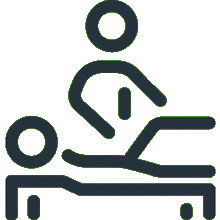
Chiropractic
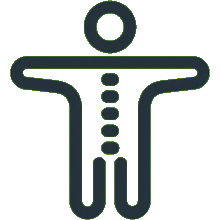
Podiatry
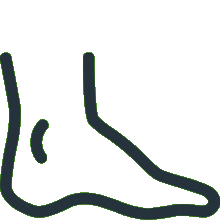
Massage Therapy
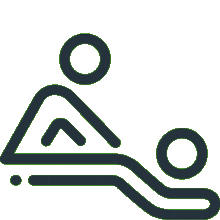
Women's Health Physiotherapy

Running Program Tailored To Your Goals
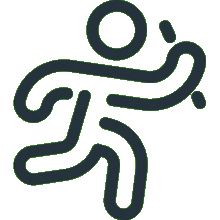
Joint Mobilisation
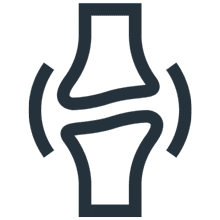
Active Release Technique
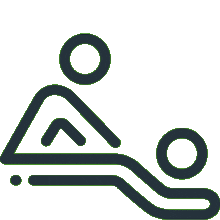
Exercise Prescription
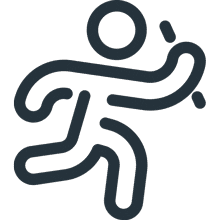
Real Time Ultrasound Imaging
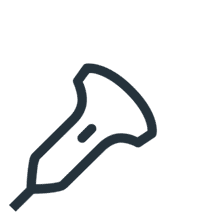
Spinal Manipulation
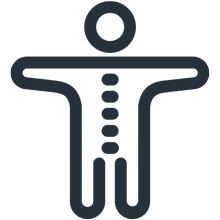
Functional Movement Screen
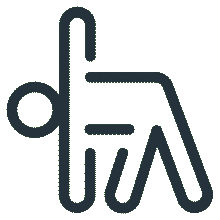
Knee Pain Treatment

Hamstring Strain Treatment
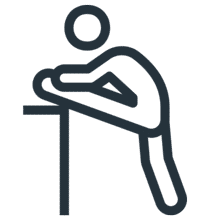
Hip Pain Treatment

Upper, Middle & Lower Back Pain

Neck Pain Treatment

Shoulder Pain & Rotator Cuff Tear

Can't find what you're after?
View all ServicesOr email the PEAK team at info@peakssc.com.au
Hawthorne
- Phone: (07) 3399 3318
- Fax: (07) 3319 6577
Address
5/171 Riding Road,Hawthorne, QLD, 4171 Get Directions
Opening Hours -
6 days per week
- Monday - Friday: 7:00 am - 8:00 pm
- Saturday: 7:00 am - 1:00 pm
To make a booking outside of business hours, please use our form by clicking here.
New Farm
- Phone: (07) 3399 4668
- Fax: (07) 3319 6577
Address
1/15 Lamington Street,New Farm, QLD, 4005 Get Directions
Opening Hours -
6 days per week
- Monday: 7:00 am - 8:00 pm
- Tuesday: 7:00 am - 8:00 pm
- Wednesday: 9:00 am - 8:00 pm
- Thursday: 10:00 am - 8:00 pm
- Friday: 7:00 am - 3:00 pm
- Saturday: 7:00 am - 3:00 pm
To make a booking outside of business hours, please use our form by clicking here.
